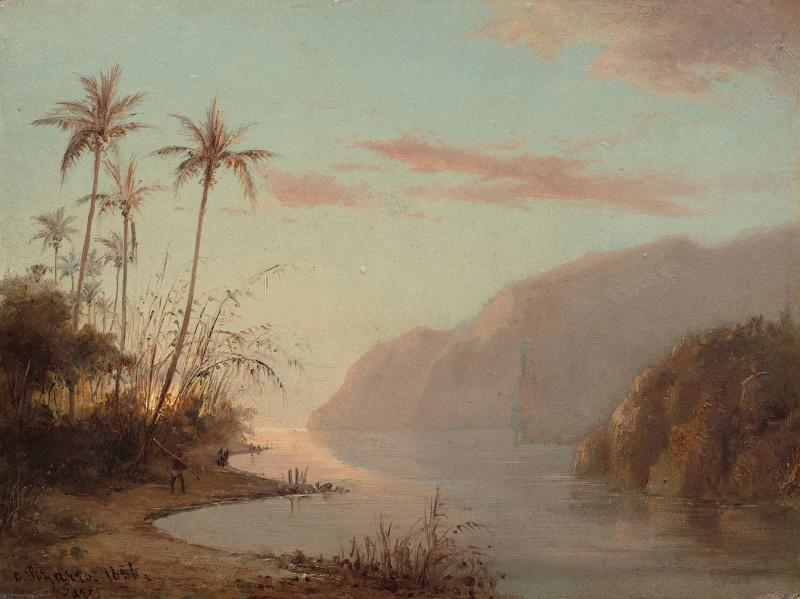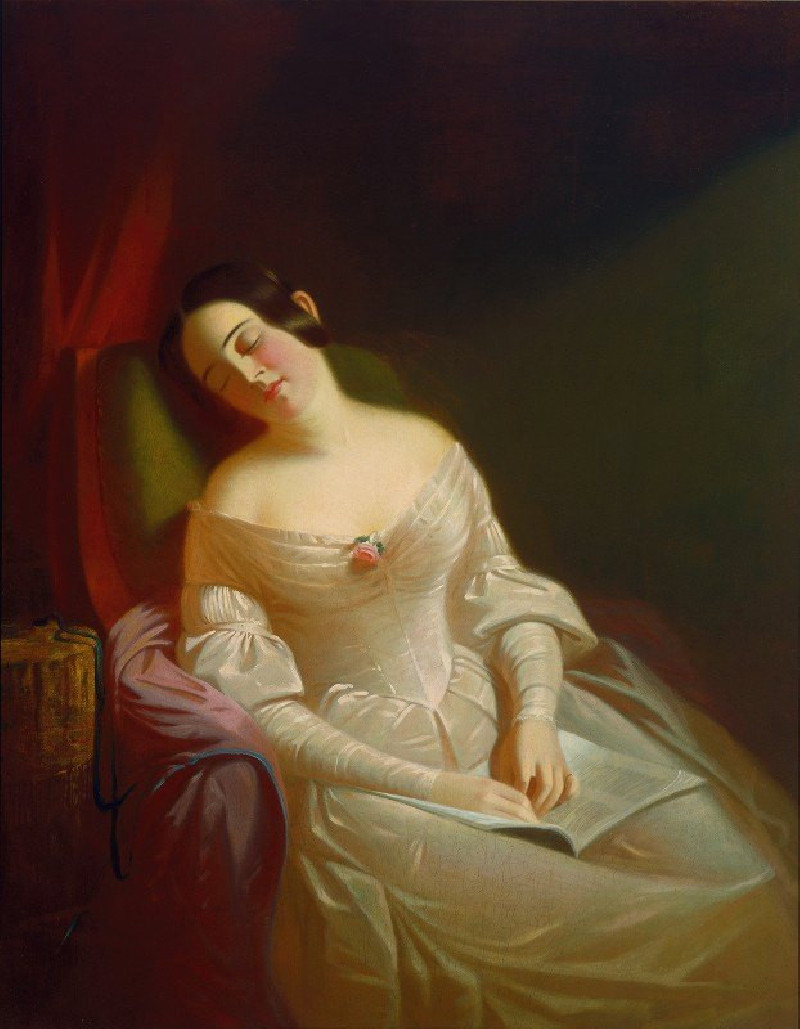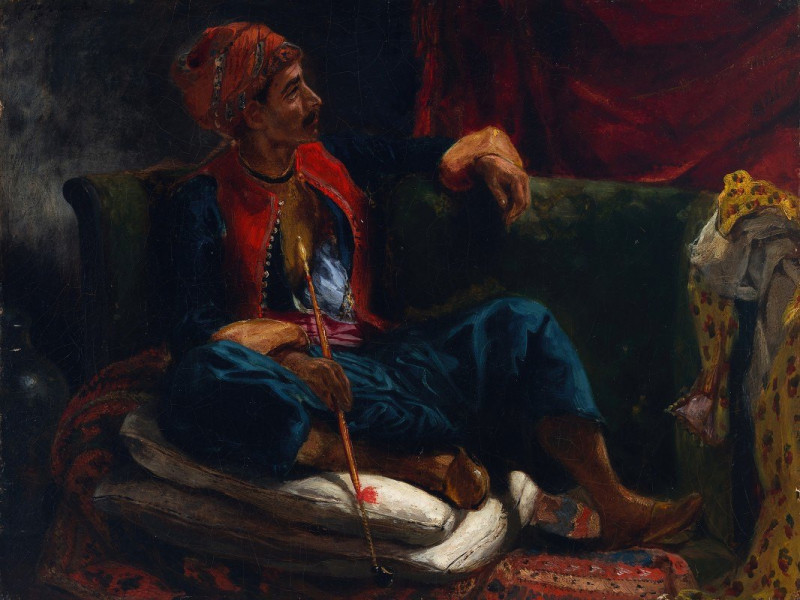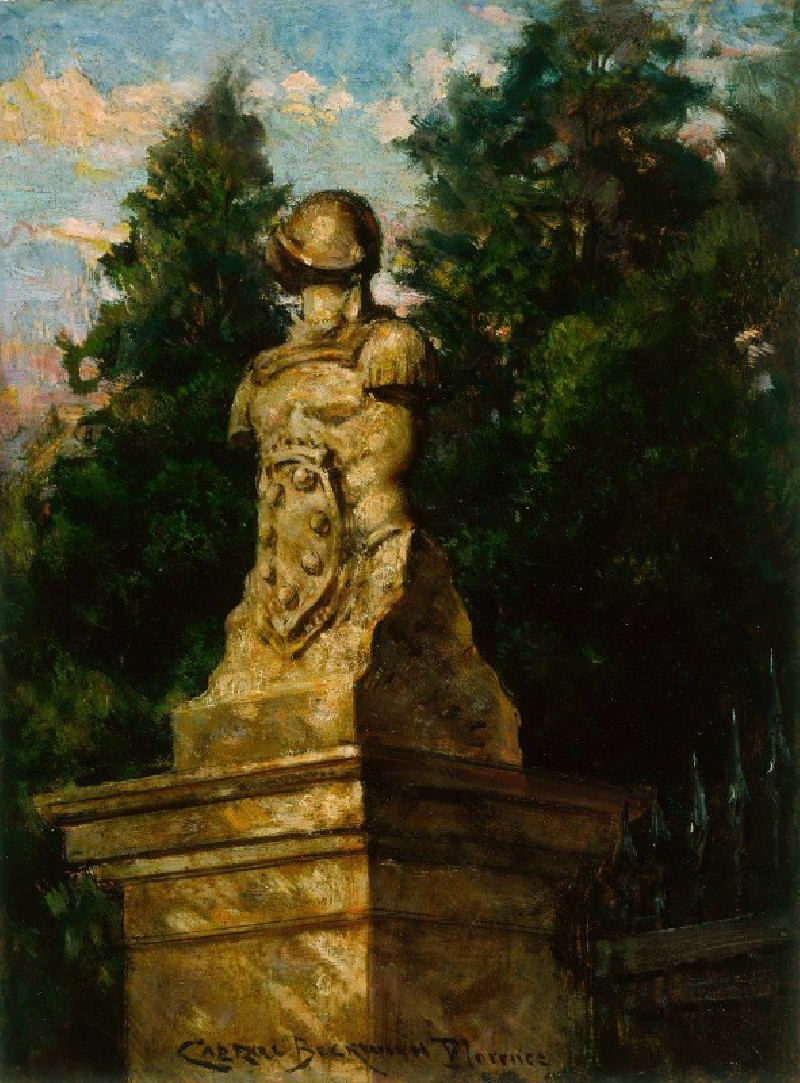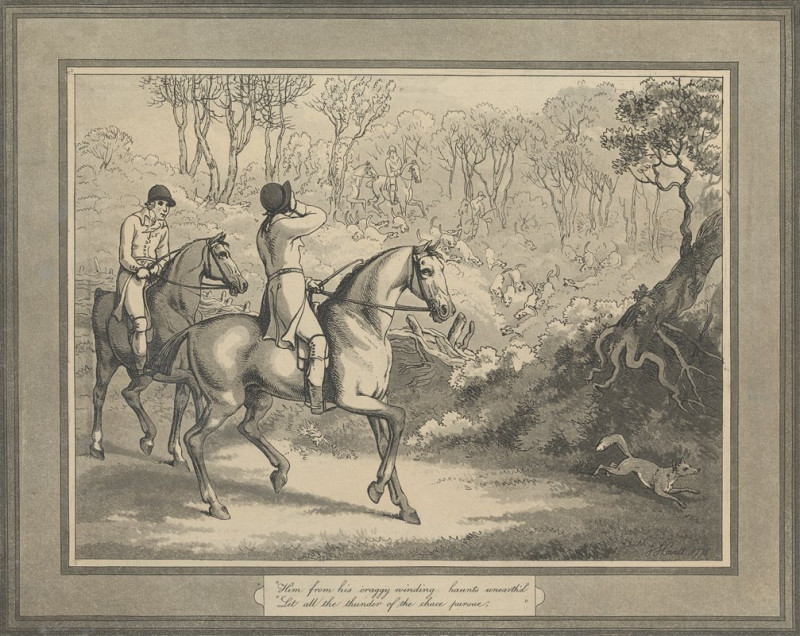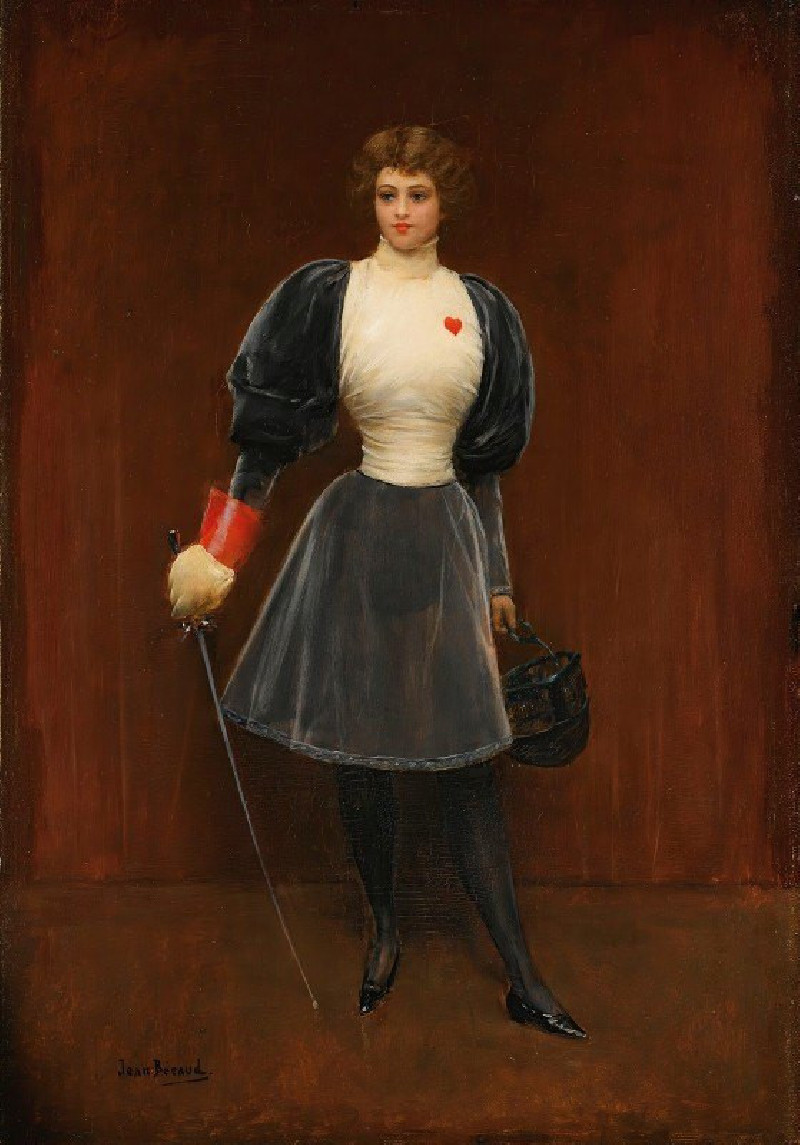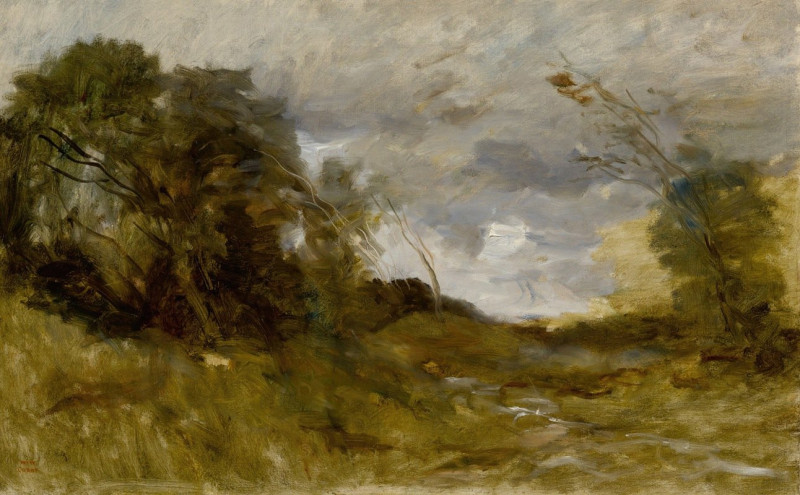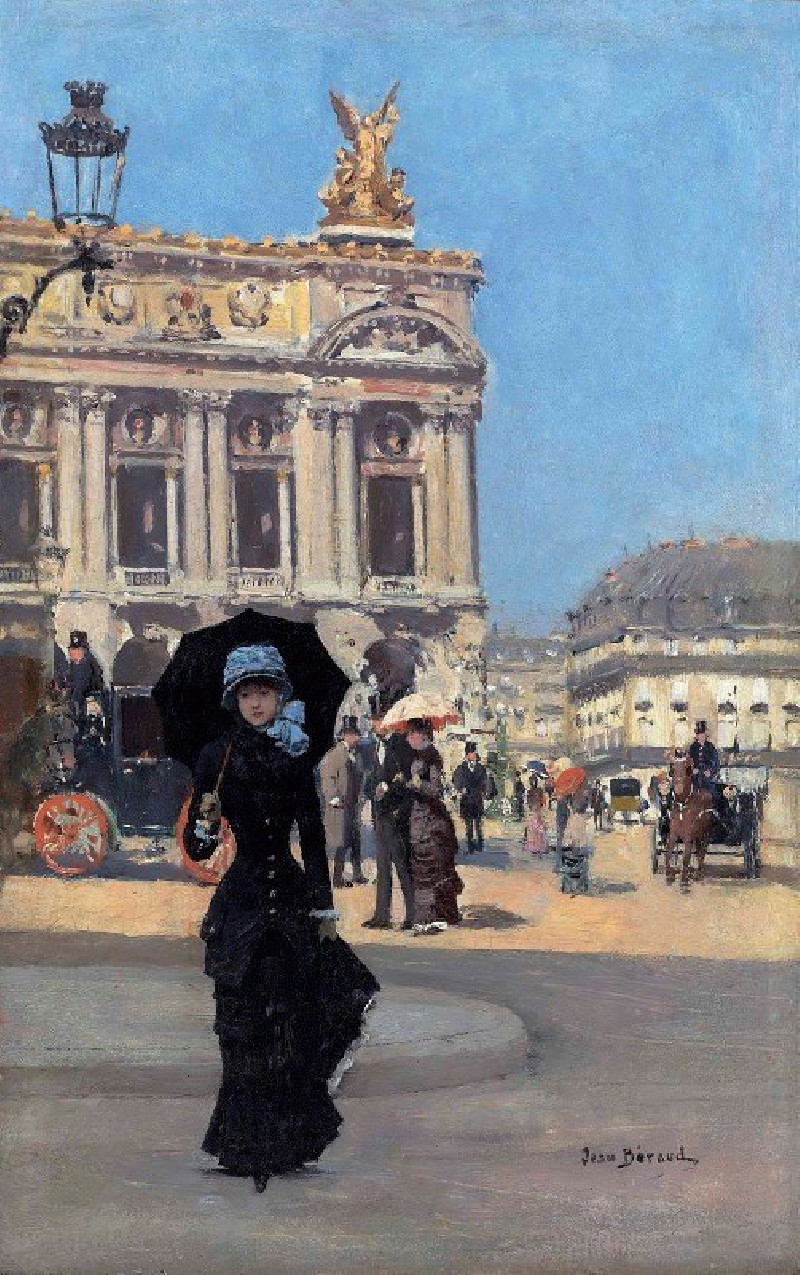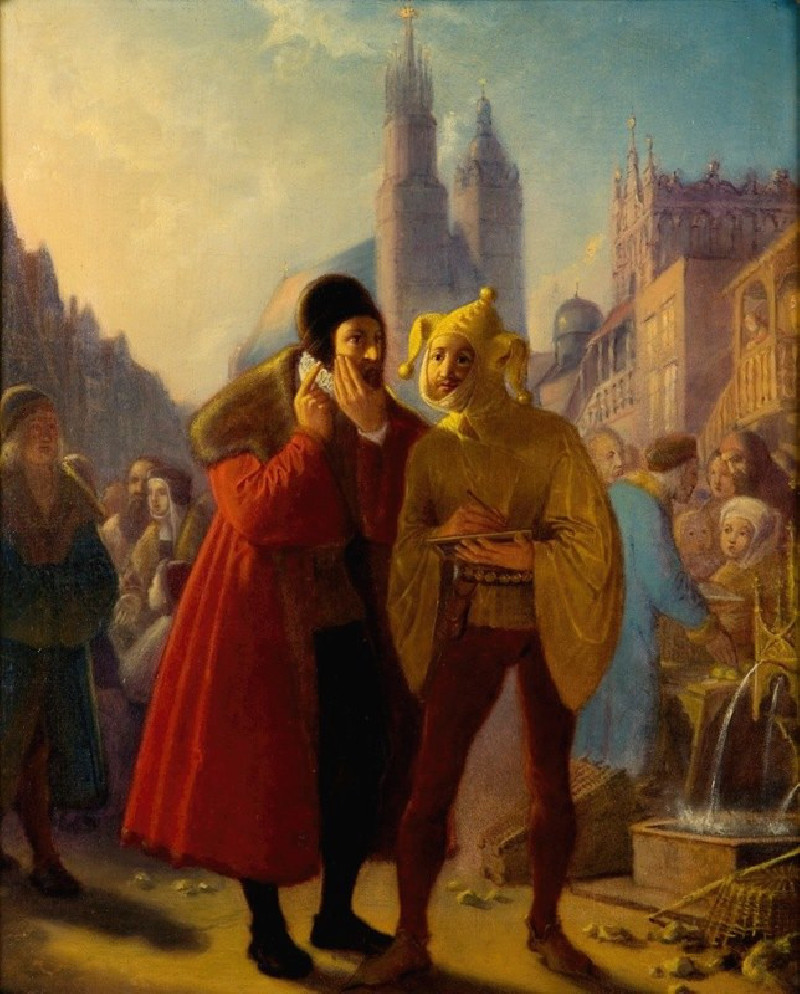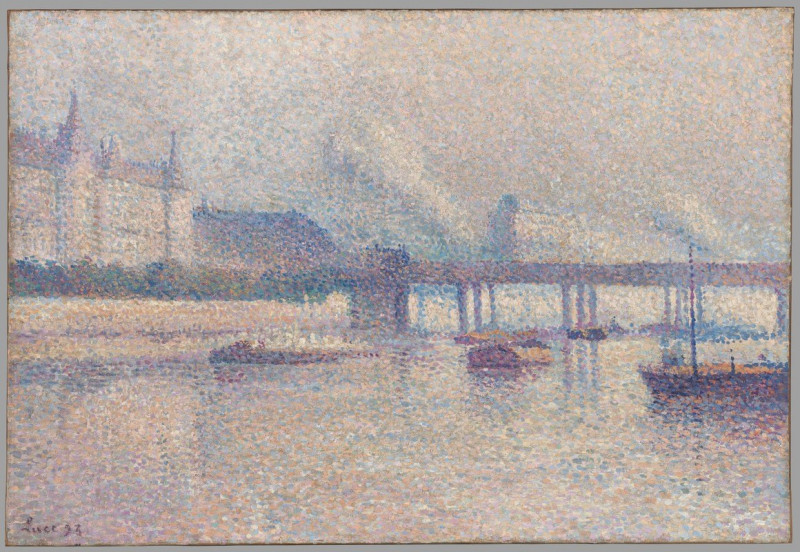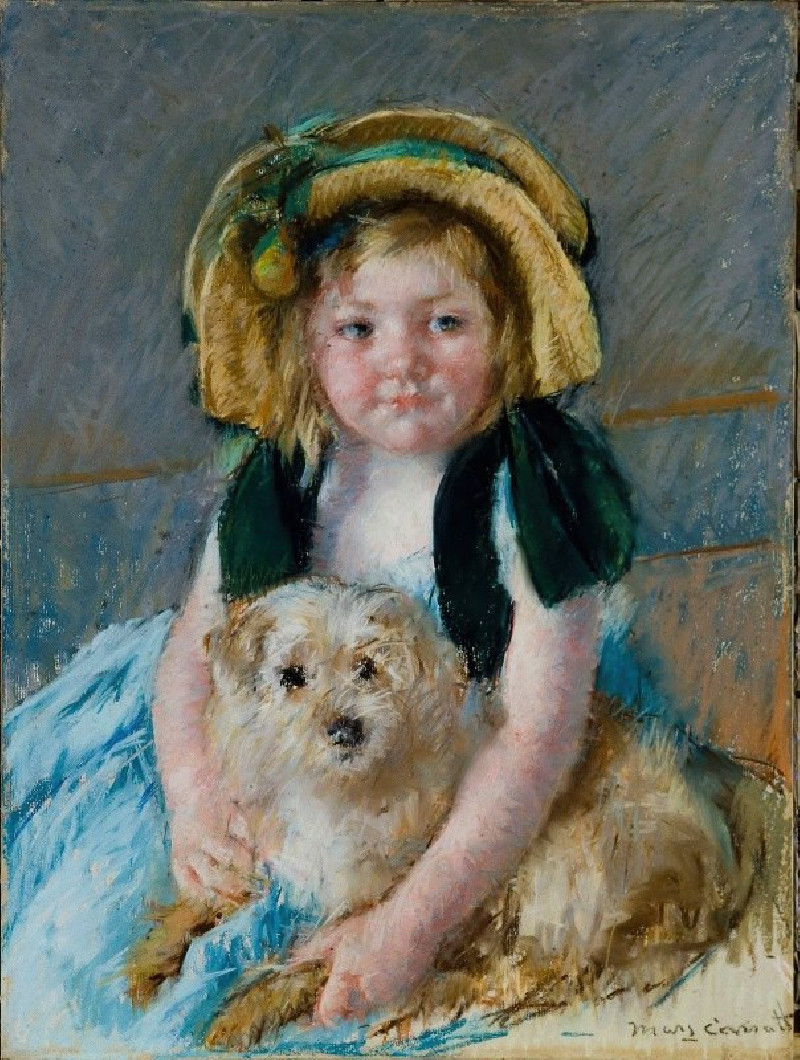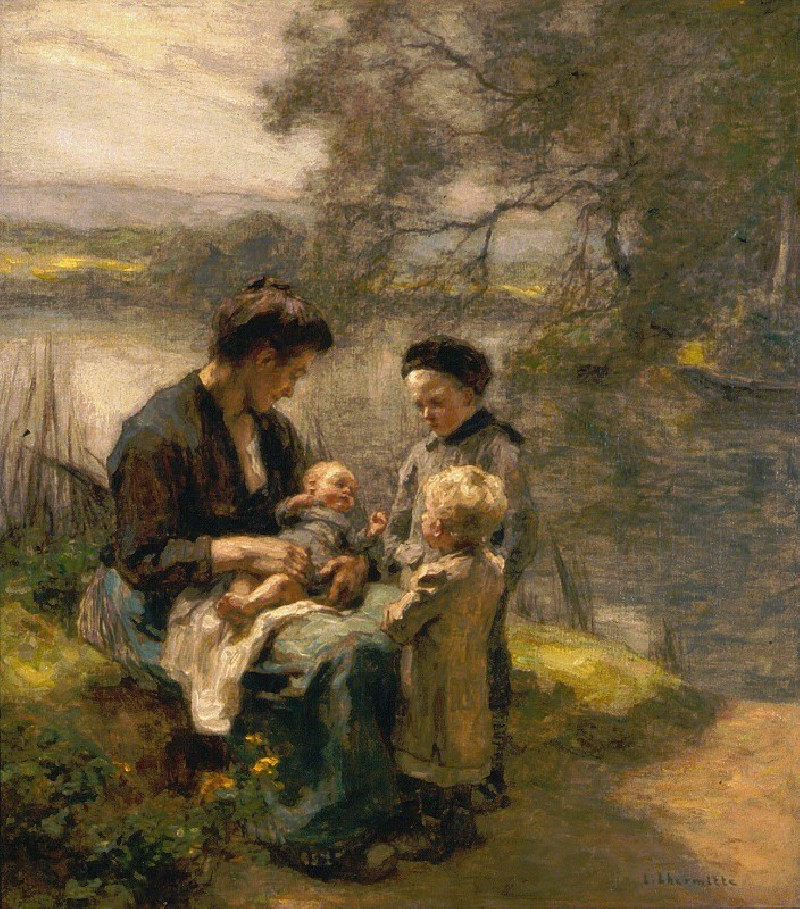A Creek In St. Thomas
Technique: Giclée quality print
Recommended by our customers
More about this artwork
This painting, "A Creek in St. Thomas" by Camille Pissarro, captures a serene and picturesque scene of a tropical creek. At the forefront, Pissarro has detailed a tranquil stream that gently curves around a grassy bank. Towering palm trees and lush vegetation accentuate the tropical landscape, emphasizing the painting's setting in St. Thomas.The artist utilizes a soft, muted palette to evoke a sense of calm and peace, with gentle hues of blues and pinks in the sky suggesting either a sunset or sunrise. This adds a warm, glowing light that reflects off the creek's surface, enhancing the overall tranquil mood of the scene. The distant hills shrouded in a light mist create a sense of depth and add to the painting's atmospheric quality.Further, there are a couple of small figures by the creek, implying human presence without detracting from the vastness and quietitude of nature. Their inclusion provides a scale against the grandeur of the natural surroundings and invites viewers to contemplate the human interaction with nature.Overall, Pissarro's work here is a harmonious blend of nature and subtle human activity, presented in a way that is emblematic of his keen eye for detail and his profound appreciation for natural beauty. The gentle composition and soothing palette make this painting an ode to the scenic charm of St. Thomas.
Delivery
Returns
Blessed are they who see beautiful things in humble places where other people see nothing. — Camille Pissarro
Camille Pissarro (1830-1903) was born on St.Thomas (now the US Virgin Islands) to a Portuguese father and a Dominican mother. He went to Paris to study art at Ecole des Beaux-Arts. He was an early pioneer of pointillism and neo-impressionism and later became a mentor of many famous impressionist painters including Cezanne, Manet, Renoir, and Gauguin. His paintings depicted rural and urban French landscapes and lifestyle. Many of his works politically captured images of peasants and laborers. Today, he is considered the father of impressionism.

